How to Set a Secure Password
Apply basic password principles
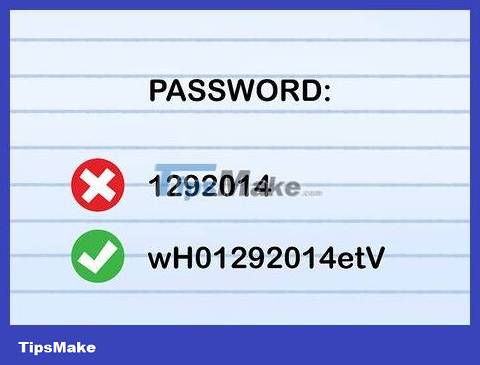
Set a password that can't be easily guessed or stolen. Don't use words or phrases that are especially important to you—like birthdays or family members. That's the type of information that's easy for others to find out after tinkering around for a while.
Also, don't use default passwords because they can be easily stolen. Some default passwords include password , password123 , 1234 , admin , and guest . These passwords can be found on the Internet.
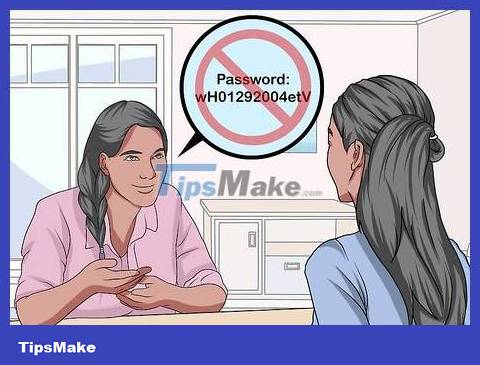
Don't share passwords. You can have your information stolen if you invite others to use your online account.

Make sure the password is long enough. Passwords should be at least 8 to 10 characters, and longer passwords are even more secure. However, some sites or applications may limit password length.

Use both uppercase and lowercase letters in the password. Uppercase letters should not be close together and neither should lowercase letters. Intertwining them makes the password more difficult to guess. Some passwords include "LaLoTuTu_" or "NhaOCaoBaQuat#1500".

Add spaces in the password. There are many password systems that do not allow this, but if the system allows it, it is a good idea to insert a space in the middle of the password. Additionally, one or two underscores "_" can perform the same role.

Set similar but different passwords for multiple accounts. You can use the same root word to easily remember your password without being too easy to steal. Accordingly, "LaLoTuTu_" can be edited into "my child LamLongTuyetTung", "NhaOCaoBaQuat#1500" can become "1500*my first house in Cao Ba Quat".
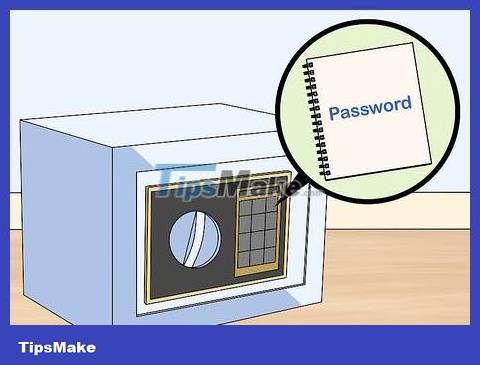
Write down the password and keep it in a safe place. Choose a location away from your computer (and prying eyes), but make sure you can easily find it. If you forget your password, you can get it back without much trouble.
When writing down passwords, consider encoding them according to certain rules to make them harder for others to guess. Thus, ri7%Gi6_ll can be written as 2tk9&Ik8_nn (the encoding rule is done from the first character, in this case +2). That means each character is encrypted by jumping two letters or more than two units compared to the original password character.
Set a security password

Use a sentence or phrase as the base for your password. This is an important first step to setting a complex password that is difficult to guess but easy to remember. Remember that the password needs to be a certain length (at least 8 to 10 characters) and include a variety of character types (upper and lower case letters, numbers, spaces or underscores, etc.). While you should avoid setting passwords that involve personal information that could be easily guessed by others, it's convenient to set passwords that you can easily recall. Create a clause or sentence that sticks to you and that can become a solid base for your password.
We can mention the PAO (Person-Action-Object) memory method researched by computer scientists at Carnegie Mellon University. Simply choose a picture or photo of a memorable person doing something with something—then combine them together to form a phrase (which may or may not make any sense at all). ). By selecting the characters (for example, the first three letters of each word) in the phrase, you can create an easy-to-remember password.

Use sentences or clauses to set an easy-to-remember password. By taking out some of the letters in your phrase, you can make a password that's easy to remember (such as using the first two or three letters of each word in your phrase and combining them in sequence). ). Make sure your clause or sentence includes upper and lower case letters, numbers, and special characters.
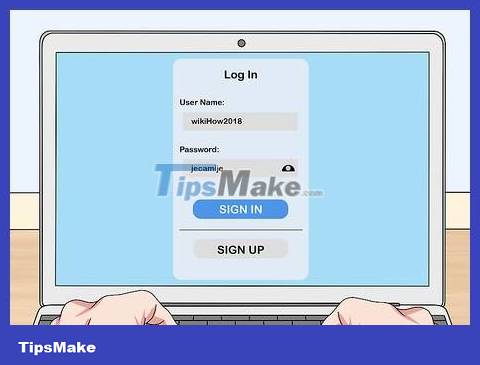
Come up with complex but easy-to-remember phrases and/or strings of letters. You can use a phrase or string of letters that seems random but is easy to remember. This string of characters can form a "base word" to which you can then add special characters or numbers.
If your child's names are Lam, Long, Tuyet, and Tung, the root word might be "lalotutu"—the first two letters of each name combined. If your first house is located on Cao Ba Quat street, the root word may be "nhaocaobaquat".
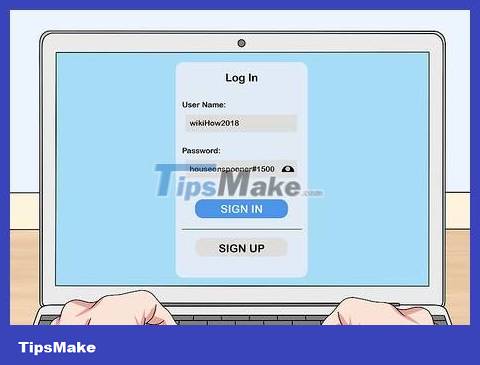
Use at least one letter, number, and special character in the password. You can add an underscore (or other random character) and a number to create "lalotutu_", or add special characters to the word to create "nhaocaobaquat#1500".
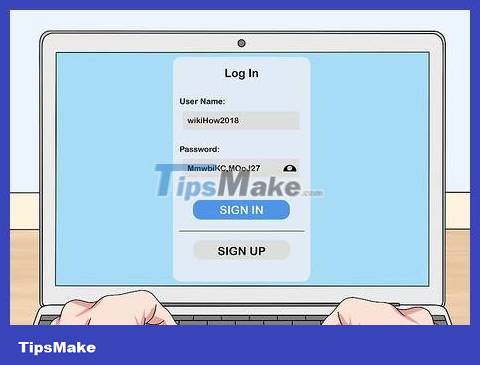
Remember your security password. For example: The sentence "My mother was born in Saigon, Vietnam on January 27" could become a password like MtsroSG,VNvn27tM, or the sentence "The radio show starts at 9:10 a.m. on Monday, Wednesday and Friday" can become the password "Ctrbd@0910stH,tT&tS".

Consider using your computer's character map/character table to (optionally) insert special characters into the password. Windows can find this option in the Start menu by clicking All Programs, clicking Accessories, clicking System Tools and finally selecting Character Map. (Character Map). Mac users simply select Edit at the top of the browser menu and select Special Characters at the bottom of the Edit menu. You can then replace some letters with special characters to make your password more difficult to guess.
These special characters can replace regular characters, but it is worth noting that some sites' password systems may not accept all available characters. For example: The password "ЅϋΠЅЂιηξ" can replace "Sunshine".
Remember that you'll have to re-enter this password every time you visit a website or app, so consider the difficulty associated with constantly having to use the character map when entering your password. You might think this is too laborious.

Remember to update and diversify your passwords. You should not use the same password for many different logins, and you should not keep the same password for many months in a row.
Use a password manager
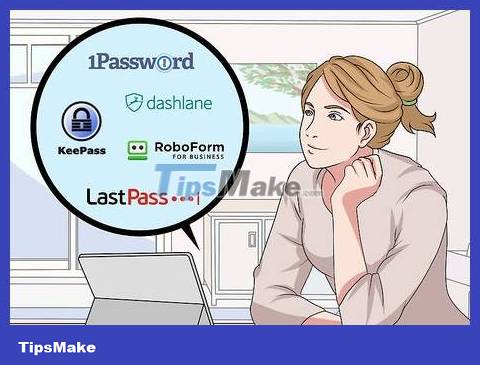
Choose a password management program. Essentially, this program automatically manages various passwords (for apps and websites) by simply entering the master password—which simplifies the creation process. and remember passwords. A password manager will create, save, and test as many different, complex, and secure passwords for each login as required, and allows you to simply remember the master password. Some of the most popular programs include LastPass, Dashlane, KeePass, 1Password and RoboForm. Many articles and websites have detailed reviews of these and other programs.

Download and install a password manager. The specific steps will vary depending on the program you choose, so make sure you follow the instructions exactly. In general, you'll need to visit the appropriate developer's website and click the "download" button before following the installation instructions for your operating system.

Set up a password manager. Again, the implementation process will vary from program to program. However, essentially what is needed is to set a complex master password that allows for the creation and/or maintenance of multiple website and application-specific passwords for convenient access to them. The most popular programs often have key features that are quite user-friendly.
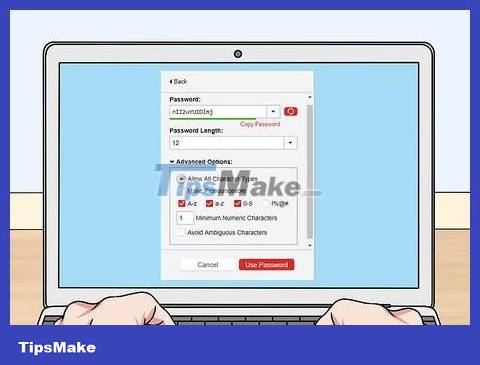
Customization options. Almost all of the best password managers have the option to use a master password on your computer or sync across devices, so be prepared to determine which is best for you. In general, you are allowed to decide whether you want the program to automatically help you log in to sites, whether you want to check your passwords to make sure they are sufficiently unique and changed regularly.
Passwords should be avoided
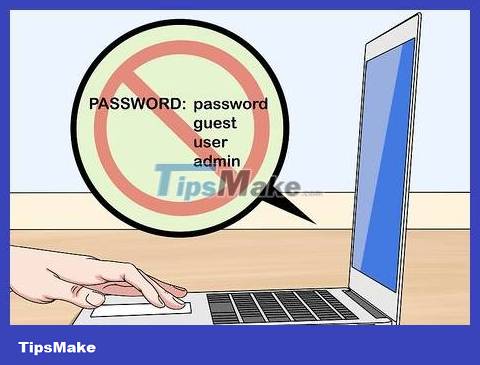
Avoid setting default passwords. Some default passwords include: password, guest, user, admin. These passwords are available on the Internet, and many computer systems do not allow this type of password.
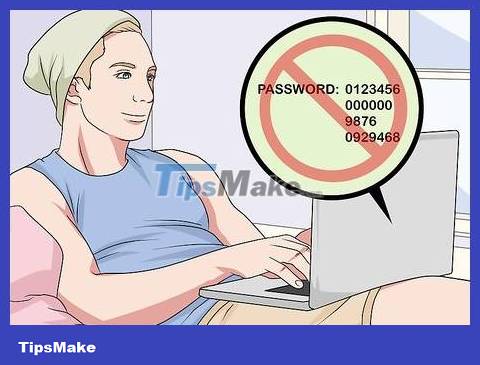
Avoid placing strings of numbers. Number sequences like 1234, 911, 112, 31415, 27183, or 0000 can be easily guessed because they are common sequences.
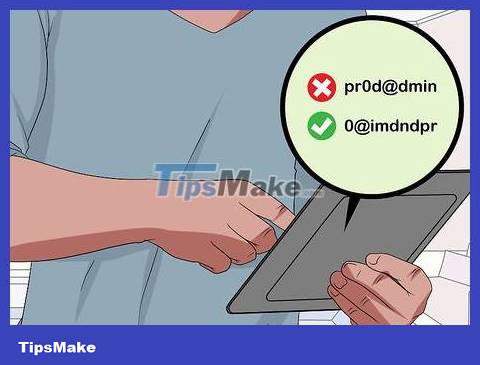
Use more confusing and complex passwords. Instead of using the password "pr0d@dmin" (the password exposed in the DigiNotar attack), reverse the letters to "0@imdndpr".
 How to Hack a Database
How to Hack a Database How to Become a Hacker
How to Become a Hacker How to Get Someone Else's Facebook Password
How to Get Someone Else's Facebook Password Warning: SpyNote phone eavesdropping software is extremely dangerous and difficult to remove
Warning: SpyNote phone eavesdropping software is extremely dangerous and difficult to remove Can the computer be accessed remotely when turned off?
Can the computer be accessed remotely when turned off? Detection of a new ransomware strain targeting the Windows search engine
Detection of a new ransomware strain targeting the Windows search engine